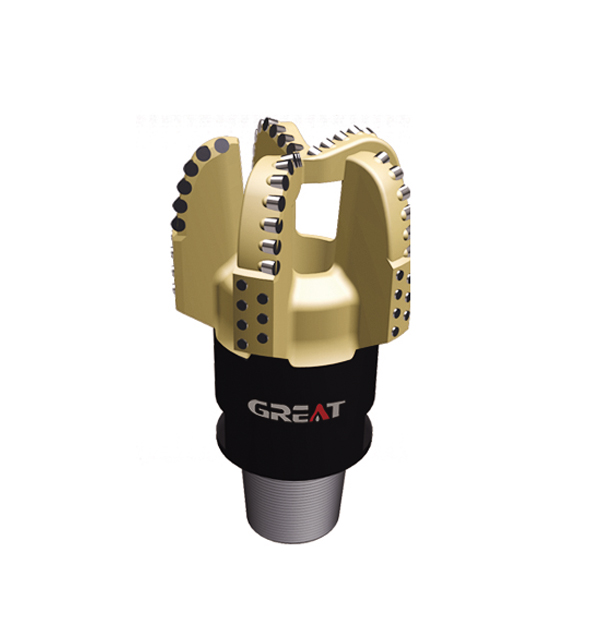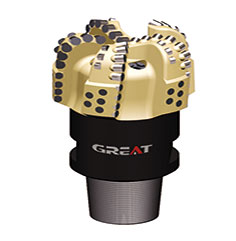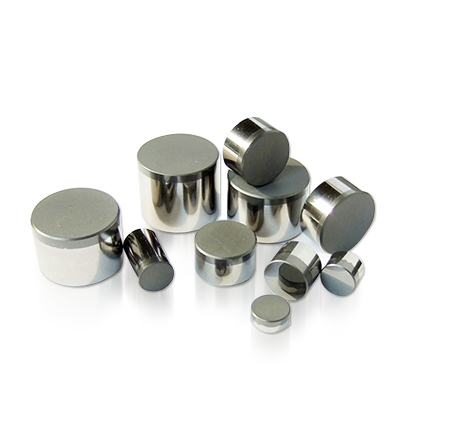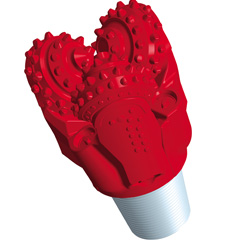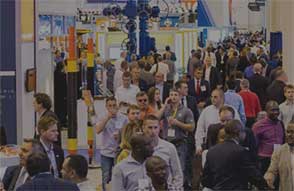In 2025, the European tricone bit manufacturing landscape is rife with challenges, shaped by technological, economic, and environmental factors. These hurdles impact both established industry giants and emerging players, influencing their growth, competitiveness, and long-term viability.
1. Intense Global Competition
The tricone bit market is highly competitive on a global scale. European manufacturers face stiff competition from companies in regions like Asia and North America. For instance, a report by ResearchAndMarkets indicates that Asian manufacturers, particularly those in China, have been steadily increasing their market share in the global tricone bit market. Their ability to produce cost-effective tricone bits, often at lower labor and production costs, allows them to offer competitive prices in the European market. This puts pressure on European manufacturers to either reduce their costs or differentiate their products through innovation.
In terms of market share, European manufacturers have seen a slight decline in recent years. While companies like Sandvik and Atlas Copco still hold significant positions in the European market, they are facing encroachment from international competitors. A market research report by Mordor Intelligence shows that the global tricone bit market is fragmented, with no single manufacturer having a dominant share. This high level of fragmentation intensifies competition, as each company vies for a larger piece of the market pie. European manufacturers must constantly strive to improve their product quality, service levels, and marketing strategies to maintain and grow their market share.
2. High Cost of R&D and Innovation
Innovation is crucial for tricone bit manufacturers to stay relevant in the market. However, research and development (R&D) activities in this field are extremely costly. Developing new materials, improving bit designs for better performance, and integrating advanced technologies such as sensors for smart tricone bits require substantial investment. A study by McKinsey on the manufacturing industry highlights that companies in the oil and gas equipment sector, which includes tricone bit manufacturers, often spend a significant portion of their revenue on R&D. In Europe, companies may allocate around 5-10% of their annual revenue to R&D activities related to tricone bit development.
The high cost of R&D poses a challenge, especially for smaller European manufacturers. They may struggle to match the R&D budgets of larger global competitors. For example, some local European tricone bit manufacturers may not have the financial resources to invest in state-of-the-art research facilities or hire top-tier engineering talent. This can limit their ability to develop innovative products, putting them at a disadvantage in the market. Moreover, the payoff from R&D investments is not always immediate. There is a risk that new product developments may not be successful in the market, further straining the financial resources of manufacturers.
3. Stringent Environmental Regulations
Europe has some of the strictest environmental regulations in the world. Tricone bit manufacturing involves processes that can have environmental impacts, such as the use of certain materials and energy-intensive manufacturing techniques. For example, the production of tricone bits often requires the use of metals like tungsten carbide, and the extraction and processing of these materials can be environmentally damaging.
Manufacturers are required to comply with regulations related to waste management, emissions control, and energy efficiency. A report by the European Environment Agency (EEA) emphasizes the growing stringency of environmental policies in Europe. Companies need to invest in technologies and processes to reduce their environmental footprint. This could involve implementing more sustainable manufacturing practices, such as recycling materials, using cleaner energy sources in production, and optimizing manufacturing processes to reduce energy consumption. However, these compliance measures can be costly. Smaller manufacturers, in particular, may find it difficult to afford the necessary equipment and technology upgrades to meet these environmental standards, potentially leading to production disruptions or even business closures if they fail to comply.
4. Fluctuating Raw Material Prices
The prices of raw materials used in tricone bit manufacturing, such as steel, tungsten carbide, and various alloys, are highly volatile. A market analysis by MetalMiner shows that the prices of these raw materials can be influenced by factors like global supply-demand imbalances, geopolitical tensions, and changes in mining regulations. For example, if there are disruptions in the supply of tungsten carbide due to mining issues in major producing countries, the price of this crucial raw material for tricone bits can spike.
Fluctuating raw material prices pose significant challenges to European tricone bit manufacturers. When raw material prices increase, manufacturing costs rise, squeezing profit margins. Manufacturers may be reluctant to pass on these cost increases to customers immediately, as it could make their products less price-competitive. On the other hand, if they do raise prices, they risk losing customers to competitors. Additionally, the uncertainty in raw material prices makes it difficult for manufacturers to plan their production costs and budgets effectively. This can lead to inefficiencies in production planning and inventory management, further impacting the bottom line of tricone bit manufacturers in Europe.
5. Skilled Labor Shortage
The tricone bit manufacturing industry requires a highly skilled workforce. Workers need to have expertise in areas such as engineering, materials science, and precision manufacturing. However, there is a growing shortage of skilled labor in Europe. A study by the European Federation of National Engineering Associations (FEANI) points out that the aging workforce in the manufacturing sector, combined with a lack of interest among younger generations in technical and vocational education, has led to a skills gap.
This shortage of skilled labor affects tricone bit manufacturers in several ways. It can lead to higher labor costs as companies compete to attract and retain skilled workers. Moreover, it may limit the ability of manufacturers to expand their production capacity or introduce new, more complex manufacturing processes. For example, if a company wants to implement advanced manufacturing techniques that require specialized skills, it may struggle to find the right talent. In addition, the lack of skilled labor can also impact product quality. Inexperienced or unskilled workers may make more mistakes during the manufacturing process, leading to defective products and increased costs due to rework and waste.
6. Technological Disruptions
The tricone bit industry is witnessing rapid technological advancements, and manufacturers face the challenge of keeping up with these changes. New technologies such as 3D printing, artificial intelligence (AI)-enabled drilling optimization, and advanced materials are disrupting the traditional manufacturing and usage of tricone bits. A report by Gartner on emerging technologies in the manufacturing sector highlights the potential impact of these disruptions.
3D printing, for instance, has the potential to revolutionize tricone bit manufacturing by enabling more customized and complex bit designs. However, European manufacturers need to invest in 3D printing technology and train their workforce to use it effectively. AI-enabled drilling optimization can provide real-time data on drilling performance, allowing for more efficient use of tricone bits. But integrating AI into their products and services requires significant investment in software development and data analytics capabilities. If European manufacturers are slow to adopt these new technologies, they risk being left behind by more agile competitors who can offer more advanced and cost-effective tricone bit solutions.
Conclusion
In conclusion, tricone bit manufacturers in Europe face a complex web of challenges in 2025. Overcoming these hurdles will require a combination of strategic planning, investment in innovation, compliance with regulations, and effective talent management. Only by addressing these challenges head-on can European tricone bit manufacturers maintain their competitiveness in the global market.
 English
English français
français Deutsch
Deutsch Español
Español italiano
italiano русский
русский português
português العربية
العربية tiếng việt
tiếng việt ไทย
ไทย Nederland
Nederland
